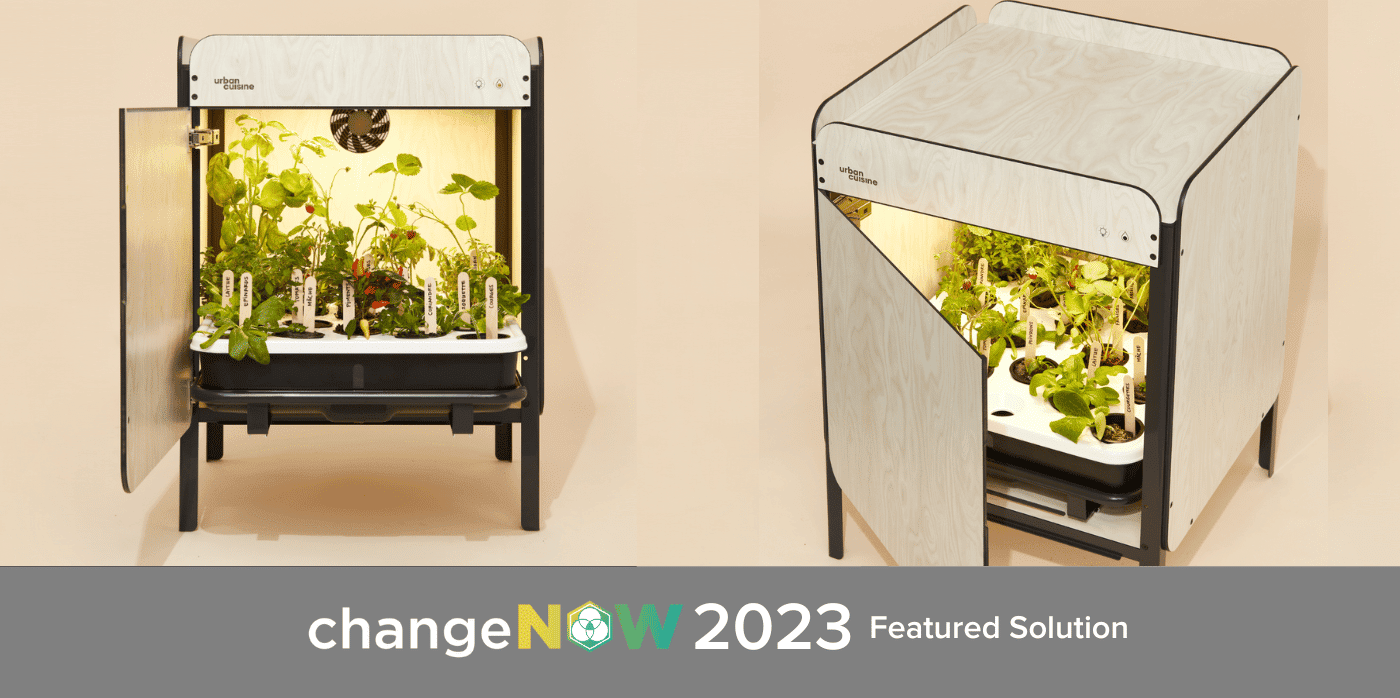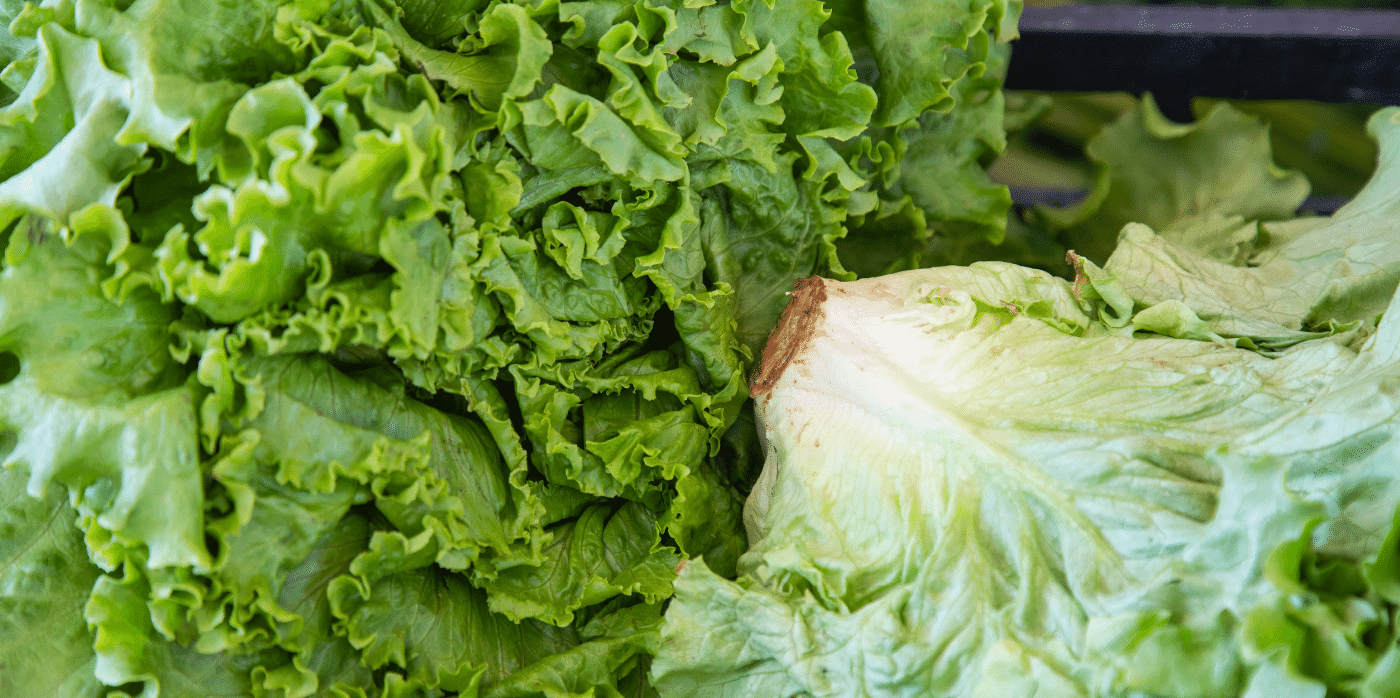A connected vegetable garden for growing food at home

Spotted: With food price inflation remaining at historically high levels, many consumers are seeking savings wherever they can find them. While the isolation of the Covid-19 pandemic has largely eased, some of the habits acquired during that time, such as grow-your-own herbs and veg, remain strong. To help new growers access the advantages of home-grown, organic produce, French company Urban Cuisine designed a stylish indoor hydroponic garden container that makes it fun and easy to cultivate fruits, vegetables, and herbs.
Named Liv, the connected garden comes with an app and the choice of over 17 different plants. The app guides growers through the set-up and planting process, provides regular advice on the growth of each variety, and includes an FAQ section and connections to Urban Cuisine’s horticulturalists for urgent queries. The garden’s sleek design fits a self-contained water tank, a micro-climate, ventilation controlled by integrated sensors, and a low-power LED light panel.
When setting up a garden, growers choose Grow Pods based on how long they want to wait for a harvest and what they want to use the produce for. Each organic Grow Pod contains the essential substrate and nutrients for the seeds to grow. Liv is available as the garden alone, as a subscription of monthly deliveries of Grow Pods, or as a garden and subscription together.
Other ways that Springwise has spotted innovators improving local food systems include an automated indoor herb garden and a no-smell countertop compost system.
Written By: Keely Khoury





